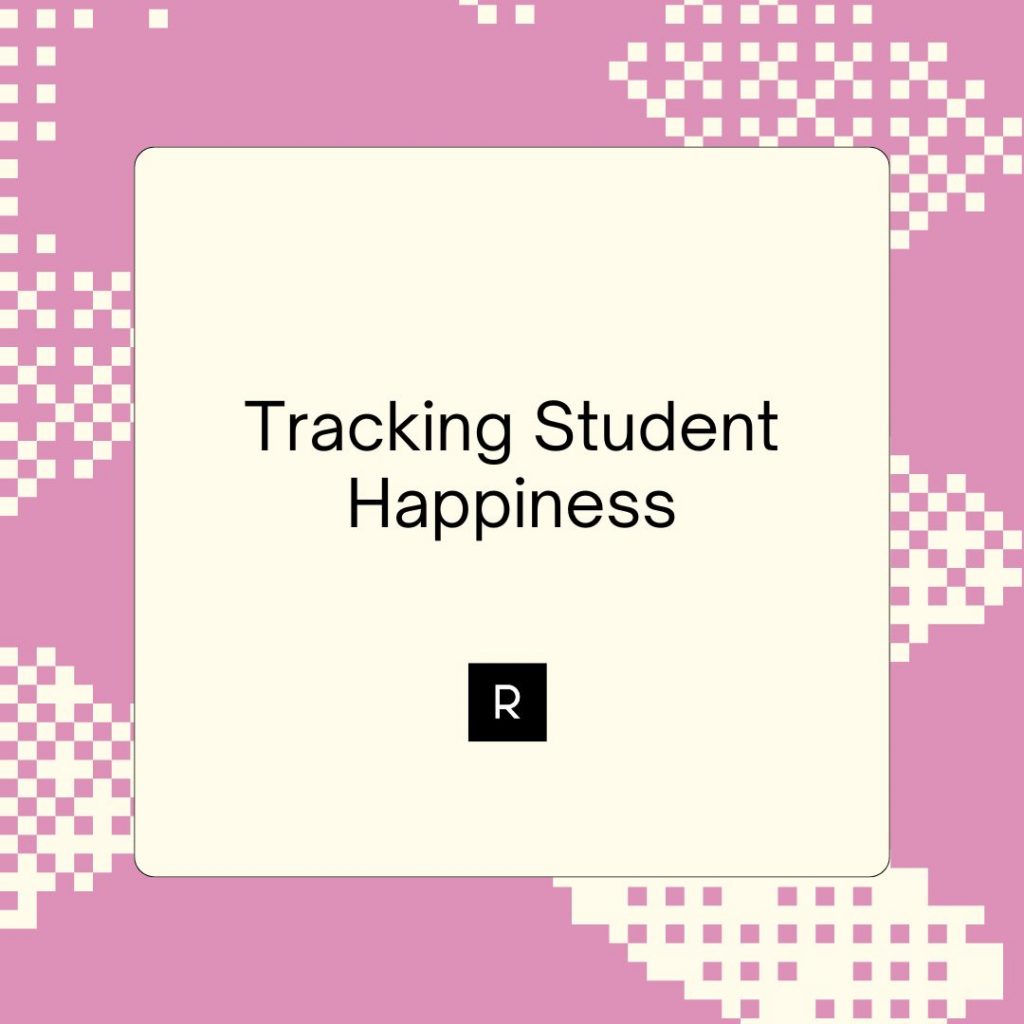Student Happiness

In today’s education landscape, it’s easy to get caught up in test scores and academic achievements. But there’s a vital component that deserves equal attention: student happiness. Happy students are more engaged, more motivated, and more likely to excel both academically and socially. So how can universities effectively track and boost student happiness? Here are some practical strategies and tools to consider.
Why Focus on Student Happiness?
In the wake of the covid pandemic, amongst other sectors, the tertiary education sector was hit quite hard with many international students unable to study on campus and terminating their studies, and others continuing their studies from their home countries. This had a severe impact on the level of student funding available, especially in Australia where SSAF funding was slashed by almost 57% at most major campuses.
Internally at QPay, we saw a massive overall reduction in the number of physical events due to cancellations, insufficient funding for student groups and the prevalence of online events, resulting from the various government lockdowns and social distance guidelines. The impact on student events was felt till late 2021 with an estimated 2,304 event cancellations throughout 2020 – 2021 (We processed a ton of ticket refunds!). On the bright side, with the explosion of Zoom and video streaming services such as Netflix, there was a large influx of online events as more and more students were feeling the effects of isolation and wanted more than ever to connect to their peers. This was a great low cost option for club execs to keep their club active and their members engaged throughout the lockdown(s).
Alternative for student executives:
Understanding why student happiness is crucial helps set the stage for why we should monitor it closely. Happy students are more likely to be actively engaged in their learning, build positive relationships with their peers, and bounce back from challenges. In short, happiness is a key ingredient for success both in and out of the classroom.
1. Conduct Regular Surveys and Feedback Forms
Surveys and feedback forms are straightforward yet effective tools for gauging student happiness. Regularly collecting this data helps you stay on top of how students are feeling about their school experience.
Weekly Check-Ins: Short, anonymous surveys can be used weekly to track more immediate concerns and shifts in mood.
Annual Surveys: Distribute comprehensive surveys at the start and end of the academic year to capture overall trends and changes in student satisfaction.
2. Leverage Digital Well-Being Tools
Technology can be a game-changer when it comes to monitoring and improving student well-being. There are various digital tools available that can provide insights into how students are doing emotionally.
Engagement Analytics: Use tools that track participation rates to identify patterns that might signal changes in student happiness.
Mood-Tracking Apps: Allow students to record their mood daily, providing valuable data over time.
3. Track Academic and Social Integration
Students’ happiness is often closely tied to their academic and social experiences. Monitoring these areas can give you a fuller picture of student satisfaction.
Monitor Social Engagement: Observe participation in clubs, sports, and other activities to gauge social integration.
Link Academic Performance and Happiness: Track changes in academic performance alongside happiness indicators to identify any correlations.
4. Encourage Open Communication
Providing students with opportunities to express their feelings and concerns can help address issues before they become bigger problems.
Suggestion Boxes: Use both physical and digital suggestion boxes to give students a platform to share their thoughts anonymously.
One-on-One Meetings: Schedule regular meetings between students and teachers or counselors to discuss their progress and feelings.
Interested in tackling student happiness? Reach out to us at [email protected]